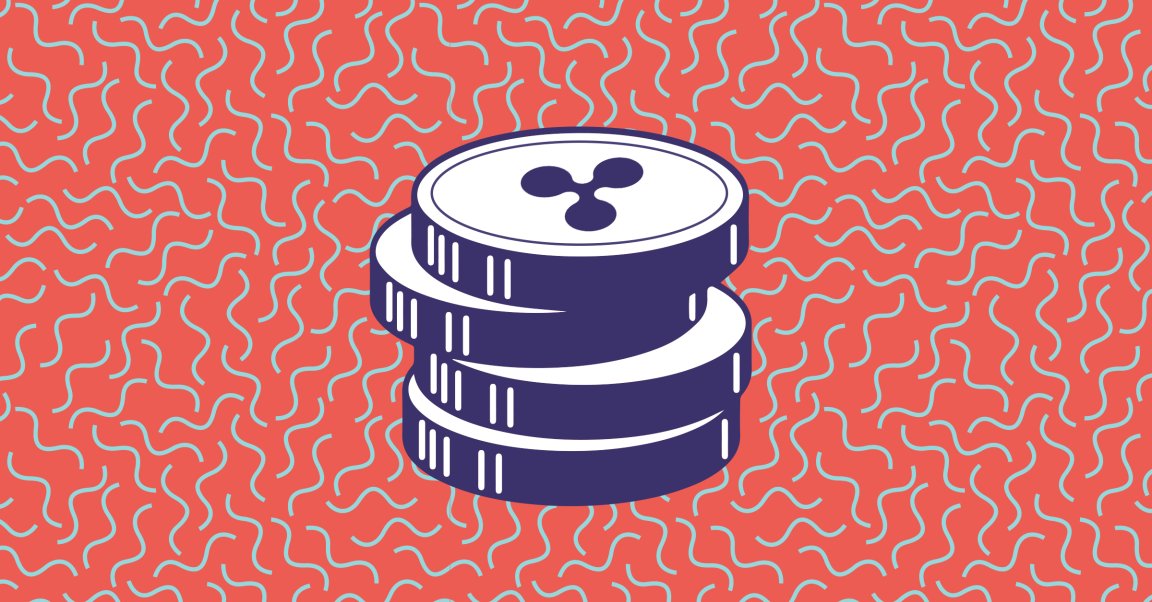
BUYING AND SELLING, BUT NOT SPENDING. Today, XRP is the third most popular cryptocurrency in terms of market capitalization (an asset’s share of the total crypto market), lagging only behind only bitcoin and ether. San Francisco-based cryptocurrency company Ripple owns the majority of XRP, and it has a problem, according to a report by The New York Times: While people will trade XRP, they won’t use it.
I SEE XRP ALL AROUND ME. By use, we mean do anything other than buying or selling as speculative investments. Since you can’t exactly use crypto at your neighborhood grocery store quite yet, Ripple is primarily focused on getting people to use their XRP to conduct international money transfers. If I have US$2,000 that I want to send to my friend in London, I would convert my dollars to XRP, send it to my friend in the UK, who would then convert it to Euros (or whatever currency they want). Ripple has already partnered with financial institutions and international payment providers to make this happen.
One way to get people to use a currency? Make sure they have a lot of it. And Ripple is making sure people have a lot of XRP by giving it away. In March, Ripple donated $29 million worth of XRP to a charity to buy classroom supplies for U.S. schools. During an appearance on Ellen in May, actor/Ripple investor Ashton Kutcher presented $4 million worth of XRP to The Ellen DeGeneres Wildlife Fund on behalf of Ripple.
Ripple isn’t just donating XRP to charities, though. It’s also rewarding people who use XRP. In October 2017, the company put $300 million in XRP into the RippleNet Accelerator Program, a program designed to reward financial institutions that use three Ripple products, including xRapid, which specifically uses XRP. Then, in May, Ripple created Xpring, an initiative that helps fund the development of XRP-focused start-ups.
FLUSH WITH XRP. Ripple can play such a big role in how people use XRP (and how much there is) because of how the coin is generated. While the number of bitcoin transactions determines the number of bitcoins in the world (more transactions = more mining = more bitcoins), all the XRP in the world (100 billion coins) was simply created in 2013. Ripple owns the majority of this XRP, which has led to allegations that the company can and has artificially influenced the XRP market. It also means Ripple has plenty of XRP to throw around.
Now, no one can say for sure whether Ripple’s many initiatives will actually help XRP move from a speculative investment to a often-used asset. But given the bad publicity Ripple has recently faced — including criticism in a U.K. court and a class-action lawsuit in the U.S.— giving millions to charity should help the company improve its public image if nothing else.
READ MORE: Here’s Some Cryptocurrency. Now Please Use It. [The New York Times]
Editor’s note 7/3/18 at 2:45 PM: This piece originally mischaracterized the relationship between XRP and Ripple. According to a Ripple spokesperson, the creators of XRP gifted it to Ripple — the company did not generate XRP. The piece also misstated how Ripple is distributing XRP — Ripple is donating XRP to users and startups, and has not formally partnered with banks to put XRP in use. The piece has been updated accordingly. We regret the error.